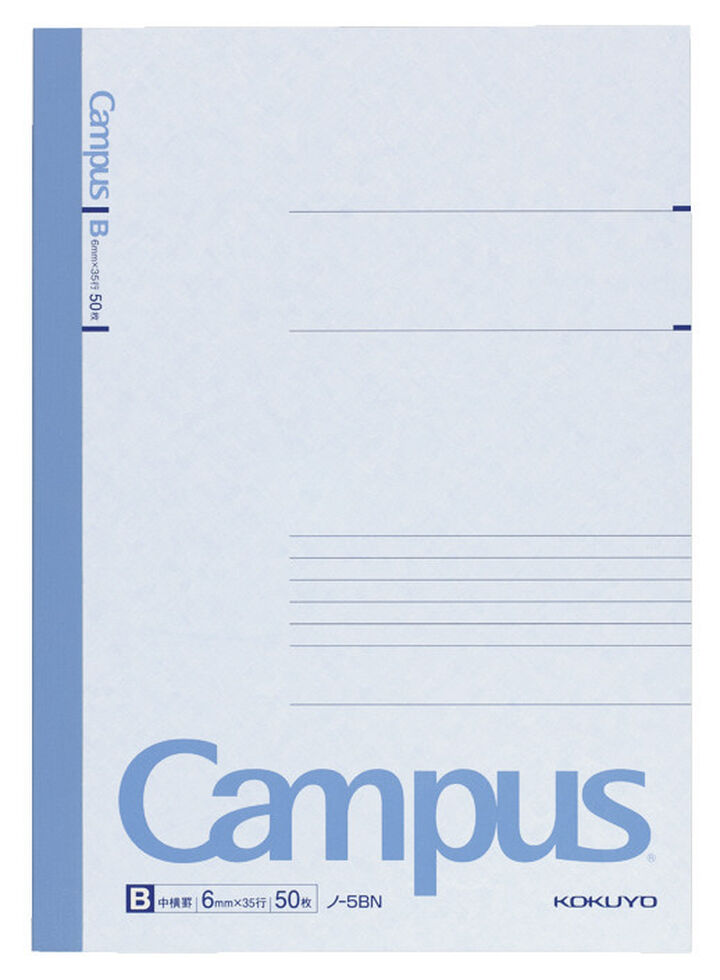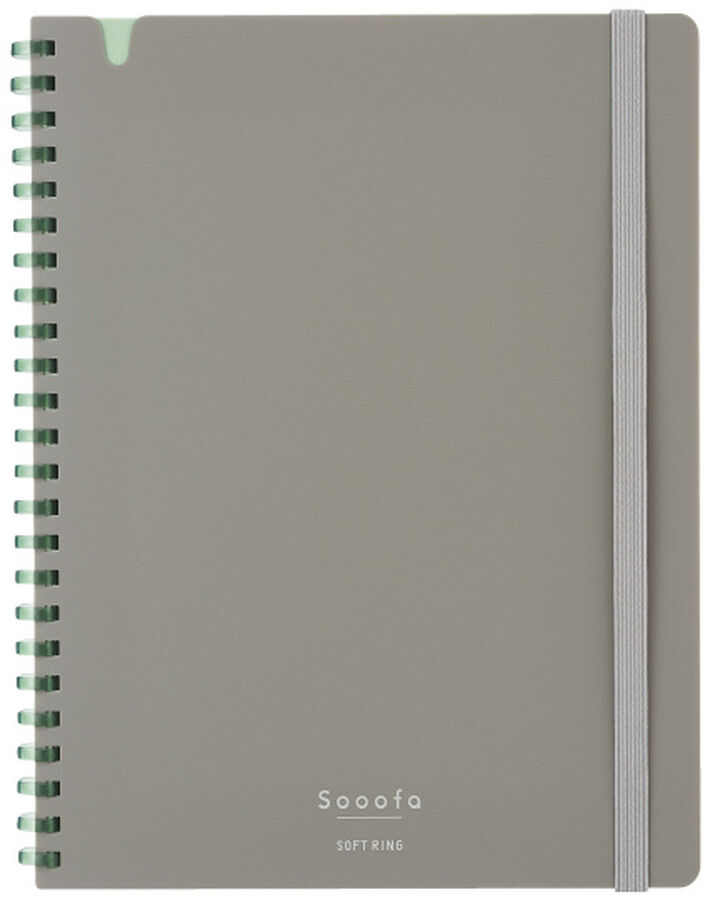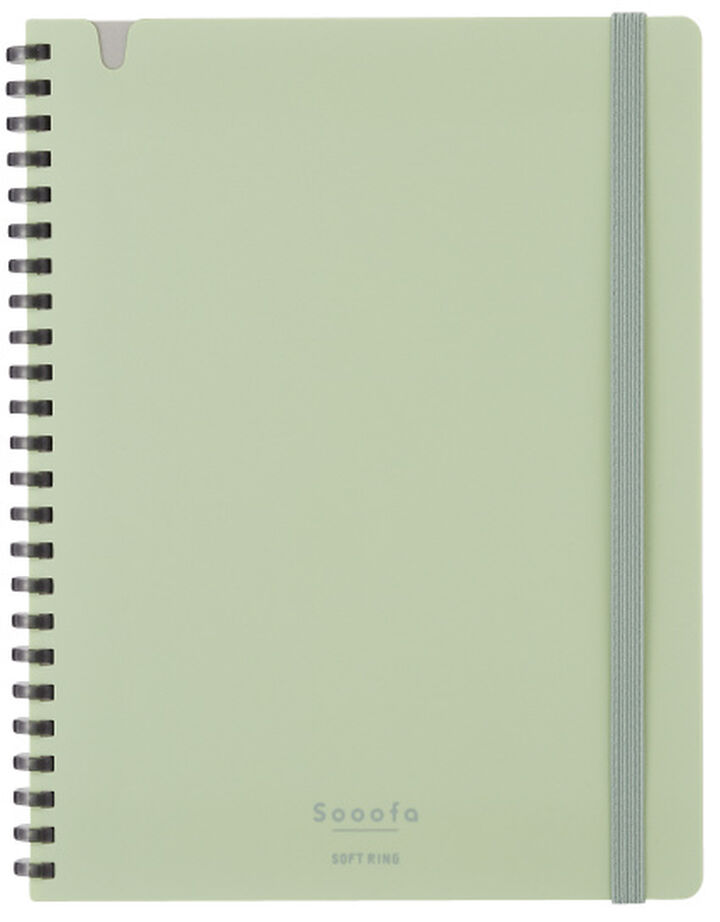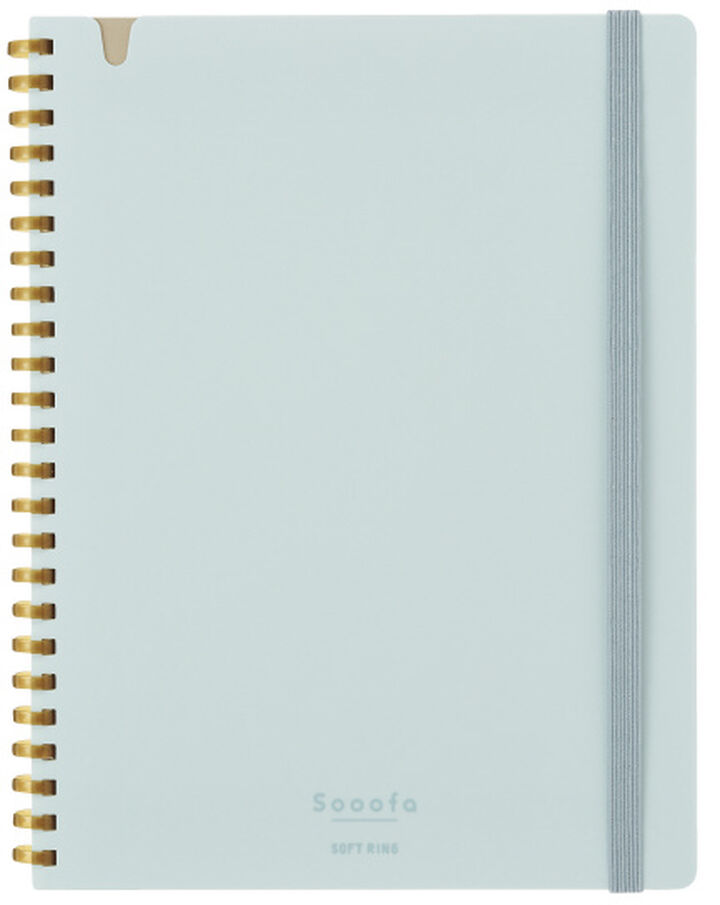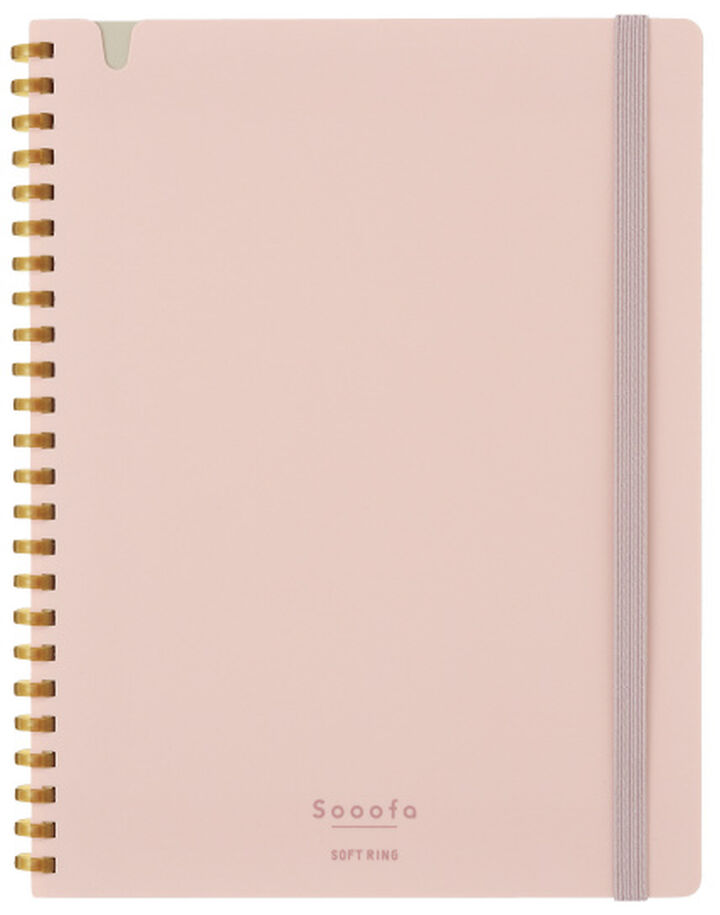When it comes to notebooks in Japan, KOKUYO is practically a household name. Whether you're a student or working professional, chances are you’ve used one at some point. Beyond their reliable quality, KOKUYO notebooks are known for something else: the sheer variety of rulings available.
Over time, we’ve developed a variety of rulings to suit different ways of writing, organizing, sketching, and planning. From dotted and lined pages to grid layouts and more specialized formats, there’s a ruling style tailored to every kind of note-taker.
With so many to choose from, it’s easy to get a little overwhelmed. That’s why we’re breaking down three of the most popular options—what they’re best for, and how they can fit into your daily writing habits.
Let’s help you find the one that fits how you think, write, and create.
Dot Ruling
A smart, versatile ruling that brings order to your thoughts

Among all our formats, Dot Ruling has become one of the most popular in recent years. First introduced in 2008, it’s a relatively new style compared to our long-established Campus line, but it’s quickly earned its place as a favorite.
Four key features of Dot Ruling:
1. Supports beautiful, aligned writing
The evenly spaced dots make it easy to align the start of each line, so your writing naturally looks neat and structured—almost like printed text.
2. Ideal for diagrams and visual thinking
Tables, charts, and sketches can be drawn neatly using the dots as subtle guides. It’s especially useful for meeting notes and brainstorming sessions.
3. Helps organize information
Use the dots to create quick indexes, separate paragraphs, or group related content. The layout stays clean without extra lines.
4. Pairs well with stationery
Drawing lines with a ruler becomes more accurate, and attaching sticky notes, printouts, or decorative tapes can be done neatly by aligning with the dots.
If you want a notebook that’s both clean and flexible, Dot Ruling is a great choice. It brings structure without limiting creativity.
Recommended for:
- Those who want to keep their notes neat
- People who often draw diagrams or charts
- Anyone who wants help organizing their thoughts
- Stationery lovers who enjoy customization
Dot Ruling offers more than just lines—it helps you bring clarity and order to your pages, effortlessly.
Differences in Notebook Ruling Widths
Choose based on your writing size and style: A, B and C Rulings
Did you know that Japan’s notebook culture has a unique standard called “ABC rulings”? This standard indicates the spacing between lines, offering a convenient way to choose according to the size of your handwriting.
The Basics:
A Ruling (7mm)
Our standard width. Works well for general writing and is widely used in both academic and business settings.
B Ruling (6mm)
Slightly narrower. Great for those who write smaller characters or want to save space on the page.
C Ruling (5mm)
The most compact option. Recommended for those with fine handwriting or for taking detailed notes—especially in technical or academic fields.
More Options:
U Ruling (8mm)
Ideal for those who prefer writing with a bit more space. Easier on the eyes and comfortable for larger characters.
UL Ruling (10mm)
Our widest spacing. Perfect for practicing penmanship or when you want to write clearly in large letters.
How to choose:
- Consider the natural size of your handwriting
- Consider a balance between ease of writing and visibility
- Try writing on different rulings to see what feels most comfortable for your purpose
With so many options available, we hope you’ll find the one that supports your writing rhythm best and create a comfortable writing experience for yourself
Grid Ruling
For free thinkers and visual organizers
Lastly, we’d like to introduce Grid Ruling—a style widely loved by designers, planners, idea-makers, and anyone who enjoys visual thinking. With evenly spaced horizontal and vertical lines, Grid Ruling gives you the freedom to structure your ideas however you like.
Four key benefits:
1. Flexible writing style
No more worrying about squeezing words between lines—grid rulings adapt to your writing size, whether you want to emphasize headings or space things out freely.
2. Visuals made easy
Instantly turn ideas into diagrams, sketches, graphs, or mind maps. It’s also great for layout planning, drafting presentations, or designing wireframes.
3. Flexible Vertical and Horizontal Layouts
Grid pages are flexible: use them like standard notebooks, manuscript paper, slide layouts, or even as a planner or schedule sheet.
4. Supports precision and structure
Perfect for logic trees, clean tables, layout guides, or technical sketches. The grid provides a quiet guide for accuracy.
Recommended for:
- Creative professionals and visual thinkers
- People who enjoy mapping out ideas visually
- Writers who don’t want to be limited by horizontal lines
- Anyone who likes trying new ways of using their notebook
Tips for use:
- Don’t be afraid to ignore the lines—use them only as guides
- Rotate the notebook depending on what you’re working on
- Count squares to keep layout and proportions consistent
- Try using colored pens to enhance your visual structure
Grid Ruling is all about flexibility. It’s a space where structure supports creativity—not the other way around.
At KOKUYO, we believe the right ruling can make a difference in how you work, learn, and express your thoughts.
Try a few. See what feels right. We’re here to help you find the ruling that brings out your best.












